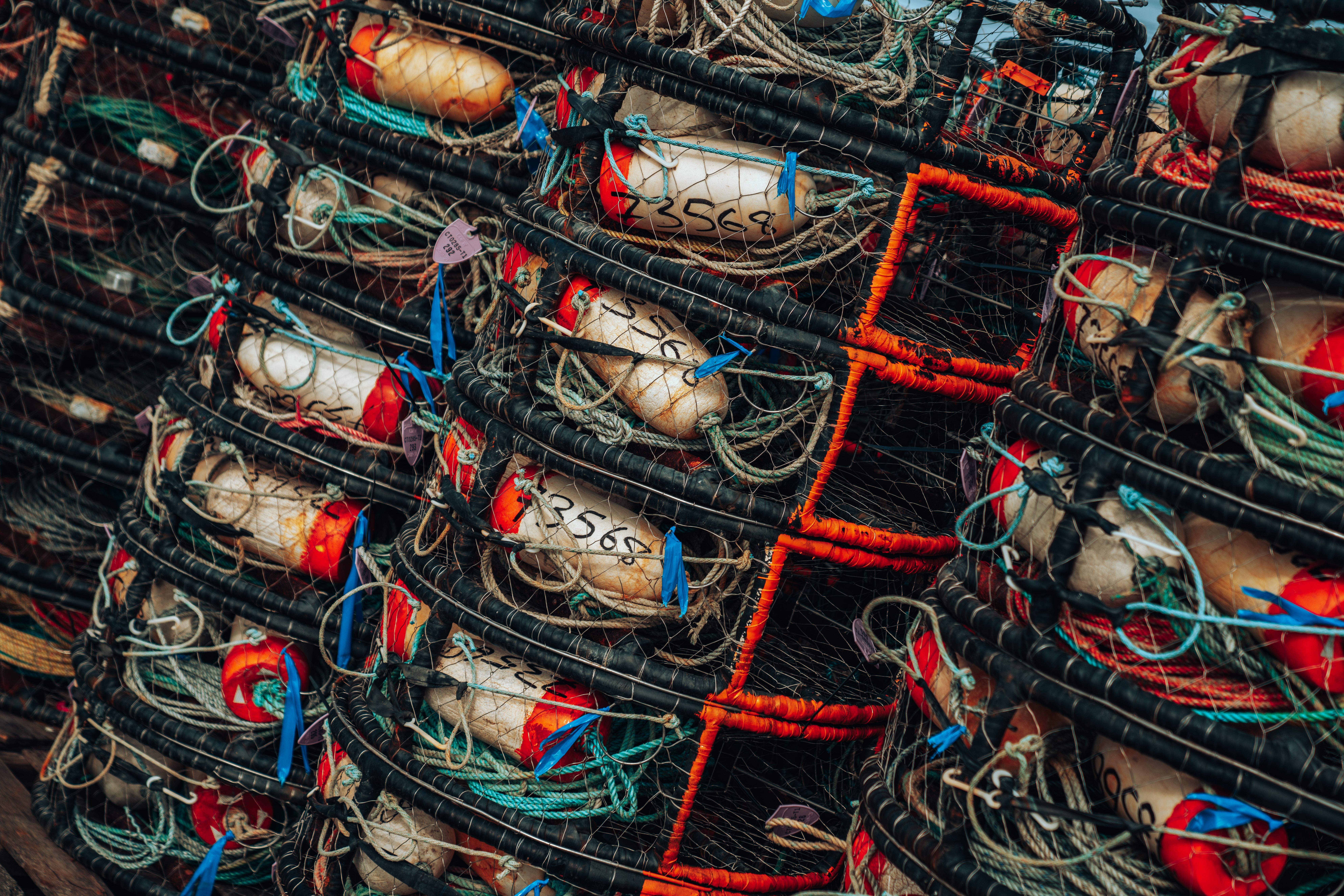Media release
From:
NEW RESEARCH REVEALS A CHANGE IN FISHER BEHAVIOUR AROUND OFFSHORE MARINE
PROTECTED AREAS
Globally, Marine Protected Areas (MPAs) are used as a marine conservation tool, with many
studies demonstrating that the fish biomass from within the MPA can “spillover” into the
surrounding non-MPA area.
When an MPA is implemented, fish size and fish biomass have been shown to increase inside
the borders of the MPAs. However, the effects of marine protection on fishing activity and
total catch outside MPAs are less well understood.
New research from Sustainable Seas National Science Challenge shows that when offshore
MPAs are implemented, the behaviour of fishers changes. Fishing activity in the area
surrounding newly established MPAs increases sharply in areas that had not previously been
a focus for fishers.
Using data from the Ministry of Primary Industries (MPI), the research tracked trawl data for
commercial fishing vessels from 1990 – 2014 at five MPAs in Aotearoa New Zealand’s
Economic Exclusion Zone (EEZ).
The data sets looked at the start and end co-ordinates of each fishing event to create
polygons of trawl width. This shows the outcome of catch per km2 trawled.
“This is some of the first research that examines what happens to fishing effort just outside
offshore MPAs when a protected area is implemented in Aotearoa New Zealand,” explains
lead researcher, Tai Lohrer.
Interestingly, the data reveals, as soon as the MPA is established, total catch increases. But
then the activity decreases over time, possibly because returns are not as high as expected.
“The sharp increase in total catch and a mirror with a jump in fishing activity after MPA
establishment suggests this is due to fisher behaviour because if it were due to spillover we
would expect this to occur gradually over time,” says Tai.
In order to identify these trends, the research has taken into account 20 years of data. What
can be concluded is that the implementation and monitoring of offshore MPAs needs to be
carefully considered.
As a result of the research, future work on these important findings is required to
understand drivers and ramifications of changes in fishing behaviour around MPA
designation."
Expert Reaction
These comments have been collated by the Science Media Centre to provide a variety of expert perspectives on this issue. Feel free to use these quotes in your stories. Views expressed are the personal opinions of the experts named. They do not represent the views of the SMC or any other organisation unless specifically stated.
Tai Lohrer, from the Department of Statistics, University of Auckland, is the corresponding author for this paper.
Marine ecosystems worldwide are under threat from overfishing. Marine Protected Areas (MPAs) have been shown to be an effective policy tool that increases fish size, spawning stock and juvenile biomass within their boundaries, however, little work has been done to examine their impacts on the surrounding area. In this paper we examined bottom trawling at five offshore MPAs in New Zealand implemented at various times from 1993 to 2007.
Using regression discontinuity models, we found that catch at the monthly aggregate and individual trawl event levels tended to increase after MPA implementation despite the reductions in fishable area. The sharp jump in total catch observed at the time of protection, inclusion of control variables and the fact that the protected areas studied were not extensively fished before protection (less than 2% of trawls within 50km of MPA boundaries occurred within the boundaries themselves before protection) suggest that biological or physical factors were unlikely to explain the discontinuity. Rather, the phenomena observed is likely due to changes in fisher behaviours.
To our knowledge this is the first time bottom trawling near MPA boundaries was studied in New Zealand, and this previously unreported consequence of MPA implementation (namely, total biomass caught increased following protection) is likely of interest to marine spatial planners.



 New Zealand
New Zealand



